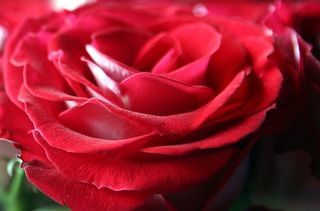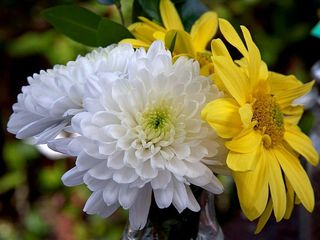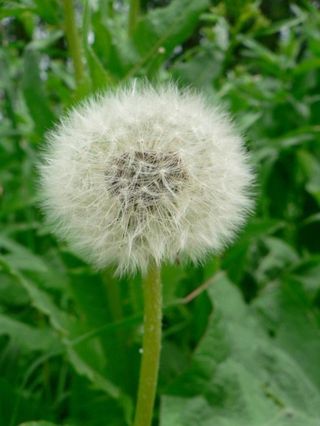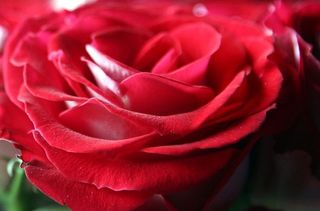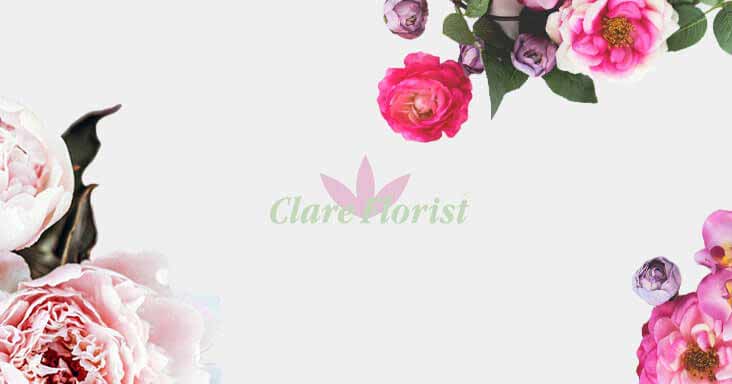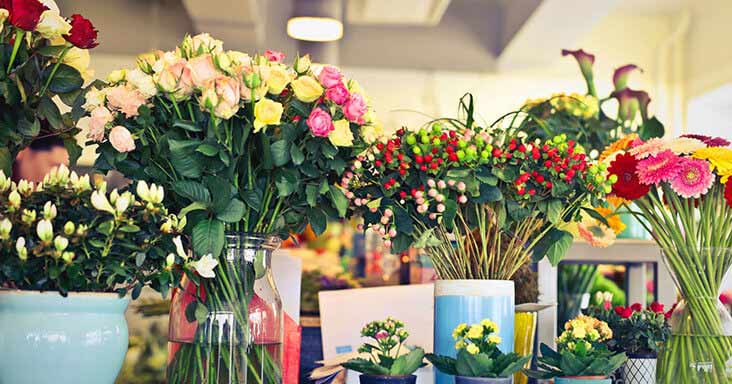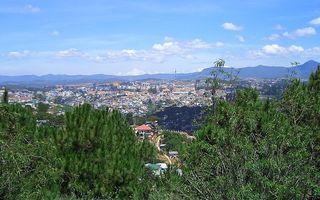Well, I don’t know about you. But it’s a disgustingly drizzly ‘summer’ Thursday morning, I haven’t quite woken up yet, and I may have had a cheeky glass or two at the local last night. What I want right now is a bacon roll.
Thankfully for the good of high cuisine, and mankind in general, not everyone’s tastes are quire as basic as mine. So inspired by a fantastic blog post by Urvashi Roe over on lovefood.com, today’s fun Thursday facts are all about the history of edible flowers. There are more ways to eat a flower than you might think!
1: Chrysanthemums in Chinese Cuisine
Chrystanthemums have been cultivated as a herb in China for millennia – since around 200 BC! The Imperial Palaces of China were a celebrated home of chrysanthemum-based food; not only did they serve a wine made from these gorgeous flowers, but one ancient story has it that the Empress Wu Zetian demanded that hundreds of crysanths be collected in order to make special cakes called Bai Hua Gao, which may have led to the widespread popularity of this beautiful plant in Chinese cookery
2. Dandelions – the Biblical, Edible Weed
Dandelions – just a weed, right? An annoying, if quite pretty, wildflower which has a horrible habit of exploiting cracks in your concrete paving and making your front yard look lik a derelict wasteland?
Well, yes, but they also have a long and noble heritage as a food. Even the bible mentions edible dandelions…sort of. Historians believe that the Biblical passage which goes:
And they shall eat the flesh in that night, roast with fire and unleavened bread; and with bitter herbs they shall eat it.’ Exodus 12.8
…is referring to dandelions, chicory and coriander when it speaks of ‘bitter herbs’.
3. Tasty Petals
Meanwhile, petals from all kinds of flowers have been used throughout history to add colour and flavour to dishes. The most simple way to see this for yourself is to create a floral tea; just drop a handful of rose petals, or two handfuls of Jasmine, honeysuckle or geraniums into some boiling water, and voila!
Another amazing way to see petals in action is to order a Jasmine Flowering Tea if you’re every in a Japanese restaurant. Watching the tightly-packed frond unwind and wave as the water laps over them is not only proof that flowers make great cuisine, it’s also astoundingly pretty. And when you do, you’re engaging in a truly ancient tradition; Chinese, Greek, Roman and Persian ancients all used petals in cooking and medicine.
So there you have it! Flowers have been a source of food for people down the ages; and still taste delicious. You can read the lovefood post where we got all these fascinating facts here– why not try the recipes down to bottom, to try some floral nibbles for yourself?

